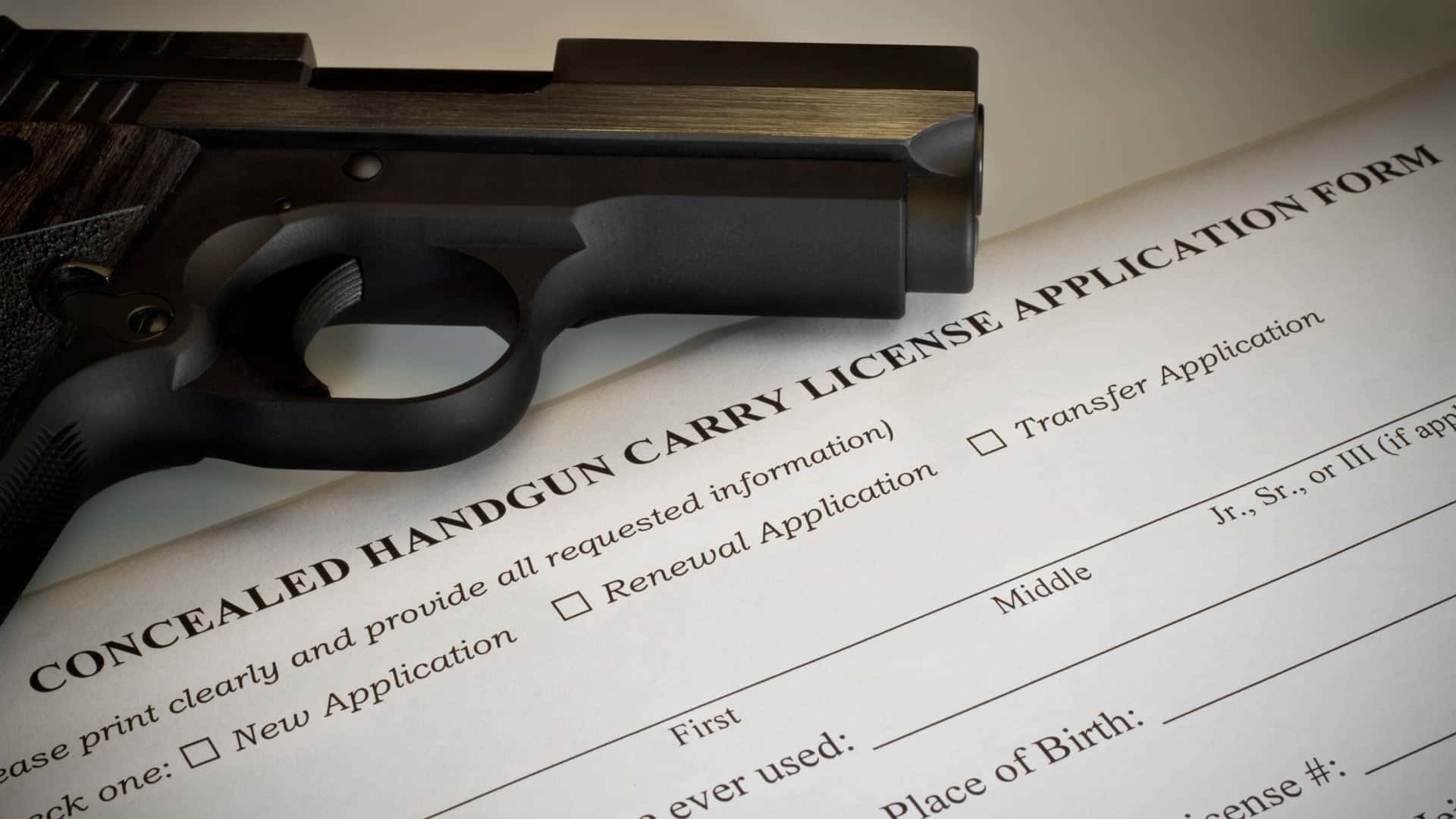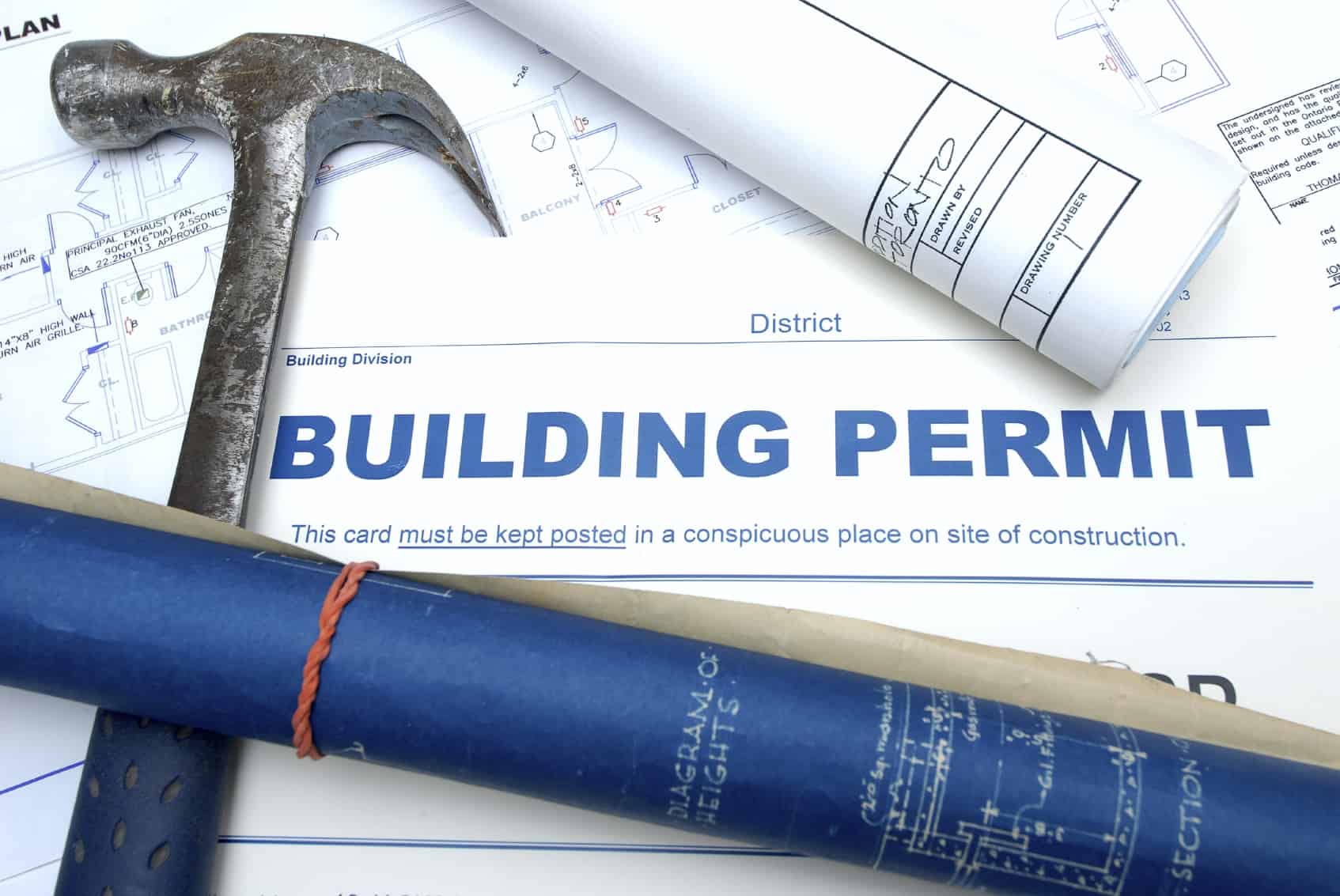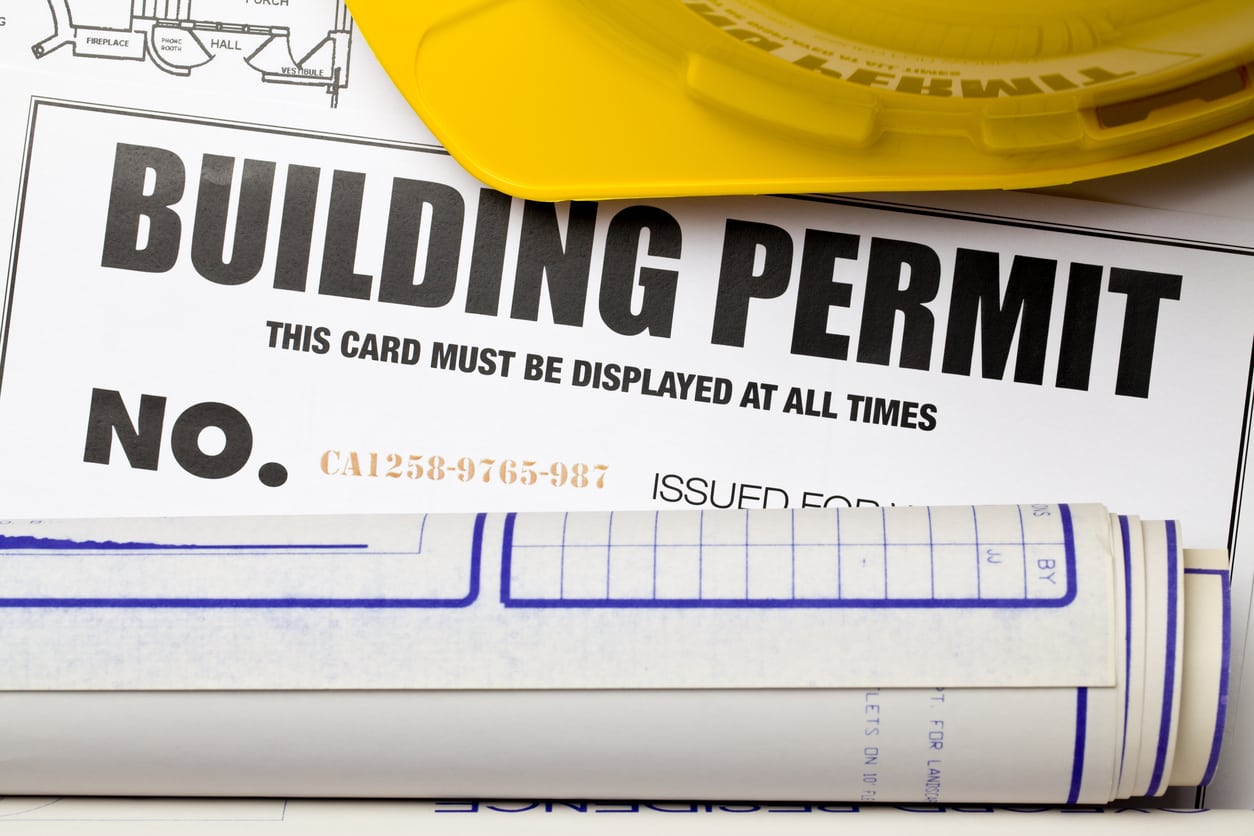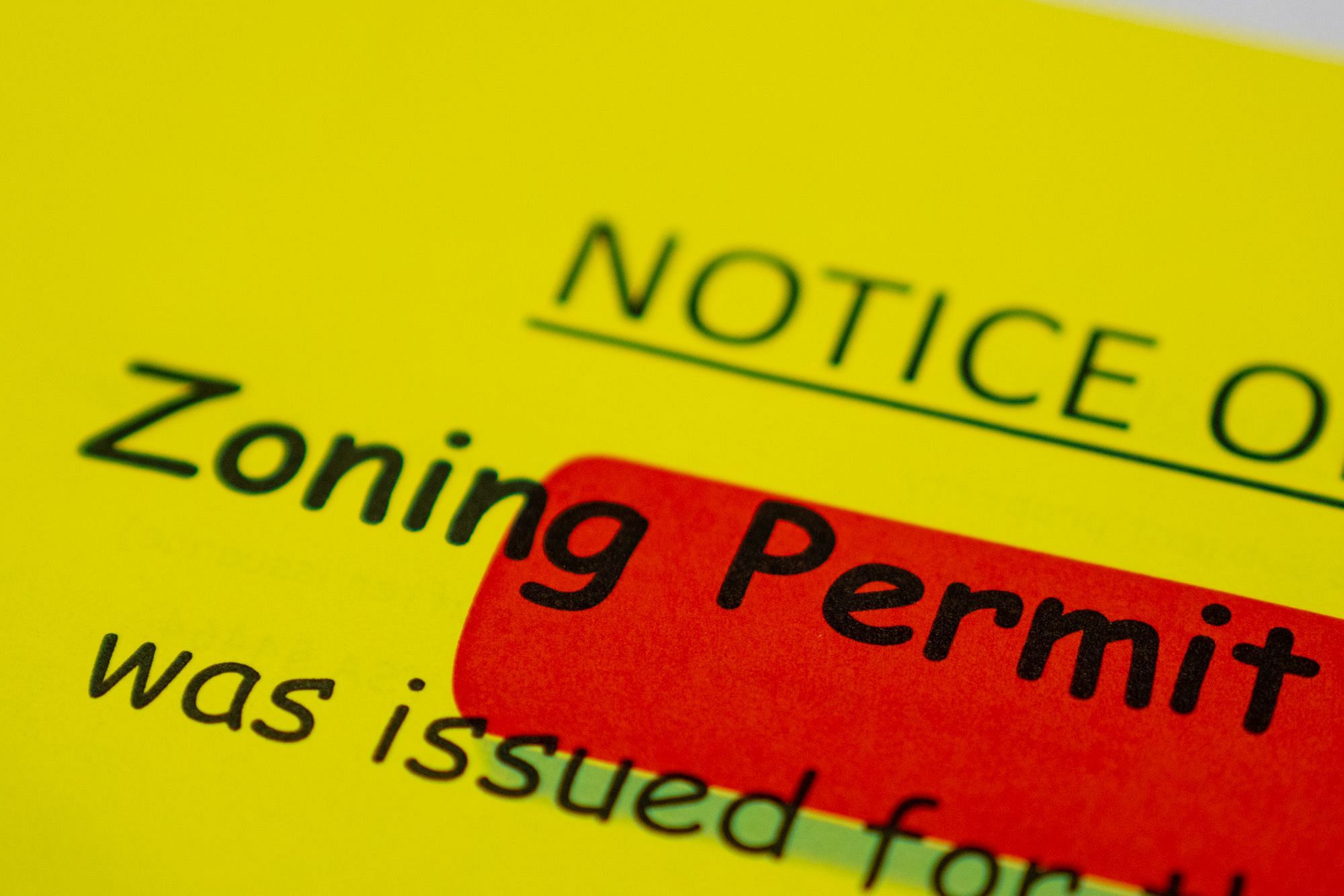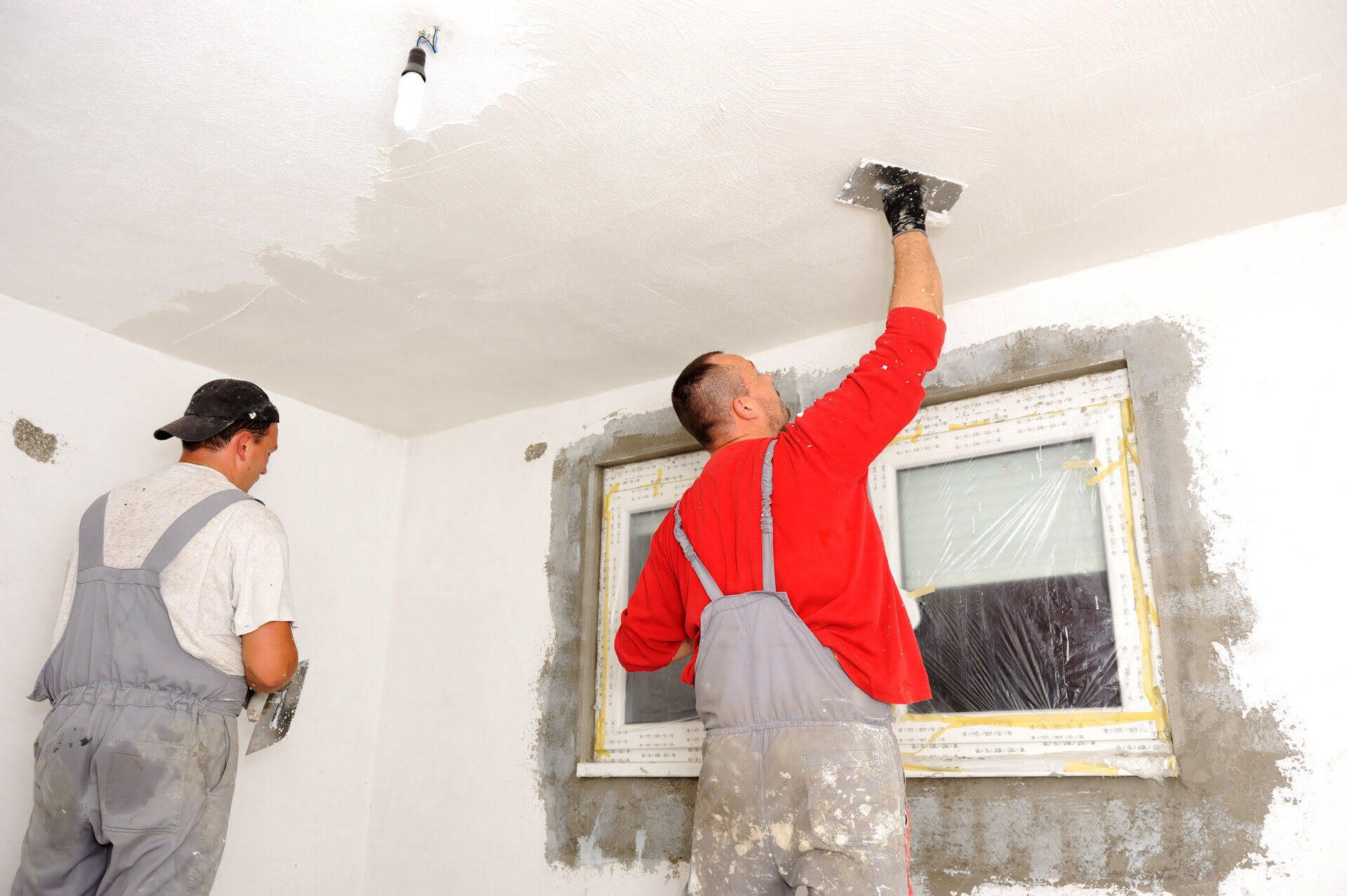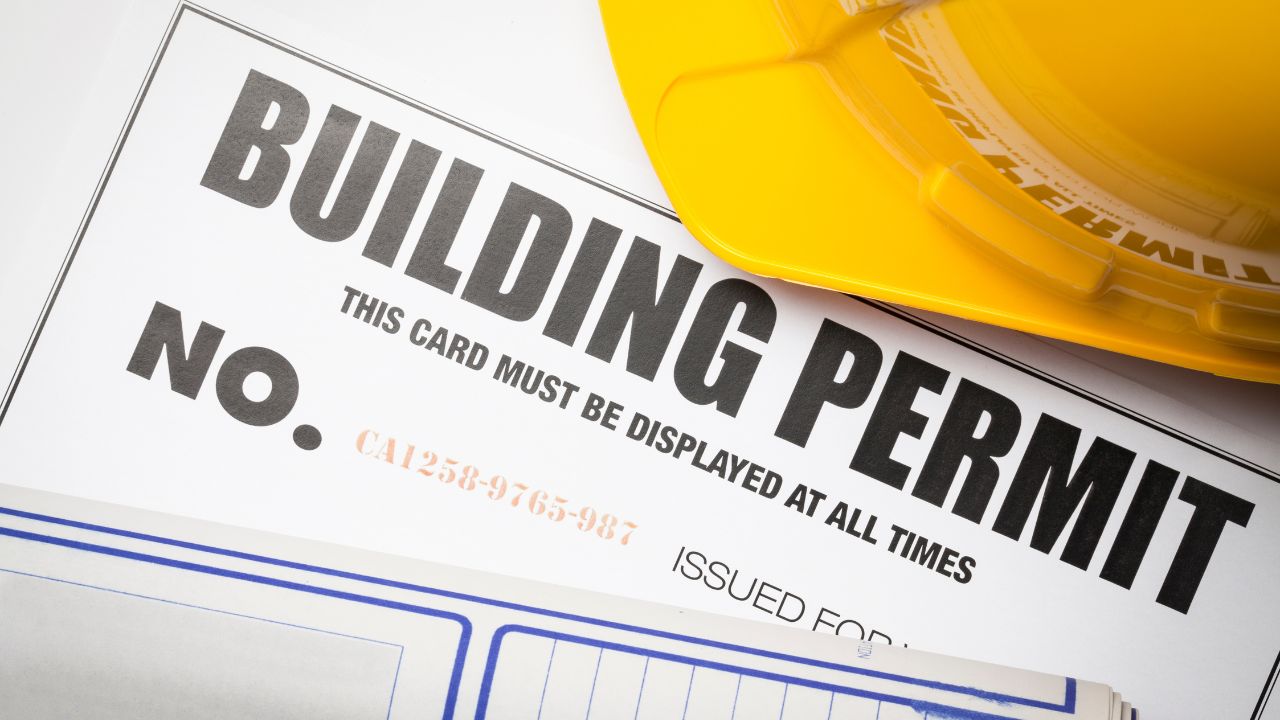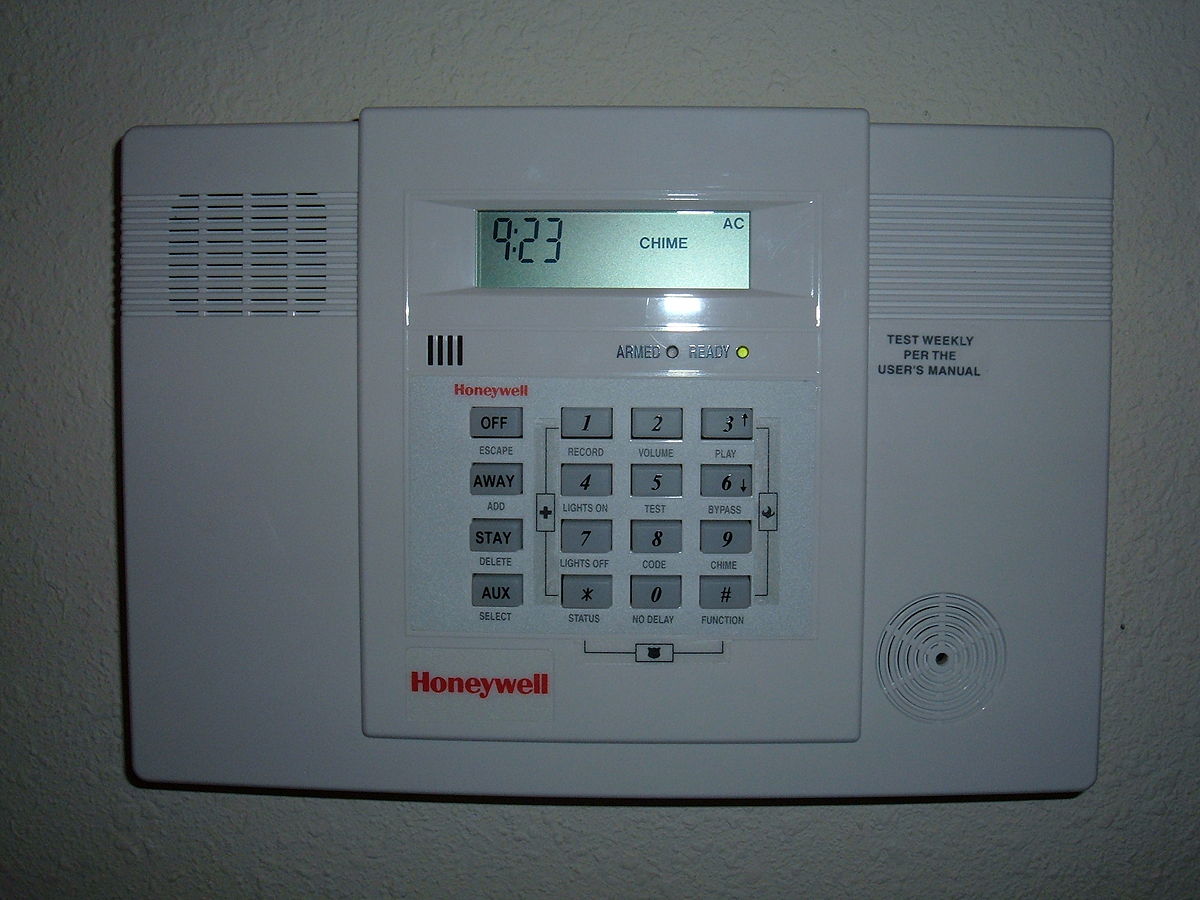Home>Home Maintenance>How To Get A Wake County Permit For Home Repair
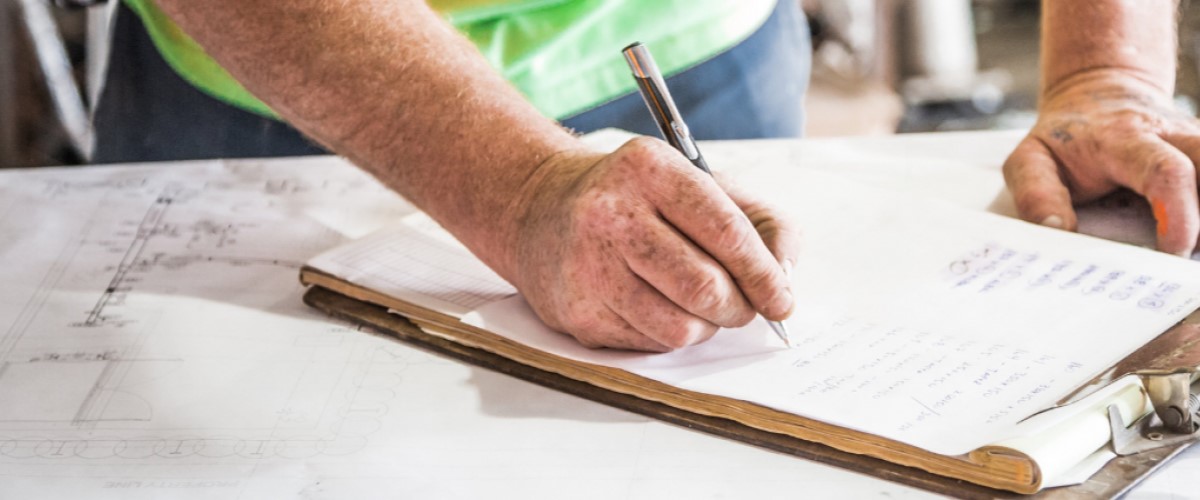

Home Maintenance
How To Get A Wake County Permit For Home Repair
Modified: March 21, 2024
Learn how to obtain a Wake County permit for home repair and ensure your home maintenance project is done legally and efficiently.
(Many of the links in this article redirect to a specific reviewed product. Your purchase of these products through affiliate links helps to generate commission for Storables.com, at no extra cost. Learn more)
Introduction
Welcome to Wake County, where maintaining and improving your home is an important part of homeownership. Whether you’re planning a small repair or a major renovation, obtaining the necessary permits is an essential step in ensuring the safety and compliance of your project. In this article, we will guide you through the process of obtaining a Wake County permit for home repair, helping you navigate the steps and requirements with ease.
Permits are required for a wide range of home repair projects in Wake County, including electrical work, plumbing alterations, structural changes, and more. By obtaining the necessary permits, you can be confident that your home repair or renovation is completed according to local building codes and regulations, providing a safe and secure living environment for you and your family.
Understanding the permit process can feel overwhelming at first, but with the right information and guidance, you’ll be well-equipped to navigate through each step. In the following sections, we will walk you through the process, from determining if a permit is required to completing the repairs and inspections. Let’s get started!
Key Takeaways:
- Before starting any home repair project in Wake County, it’s crucial to determine if a permit is required. This ensures compliance with local regulations and helps keep your home safe for you and your family.
- Completing the permit process for home repairs in Wake County involves gathering documentation, submitting the application, paying the permit fee, scheduling an inspection, and completing the repairs. Following these steps ensures a successful and compliant project.
Step 1: Determine if a Permit is Required
The first step in obtaining a Wake County permit for your home repair project is to determine if a permit is required. While some smaller projects may not require a permit, it’s crucial to verify this information to ensure compliance with local regulations.
Wake County has specific rules and regulations regarding which types of home repair projects require permits. Generally, any project that involves structural changes, electrical work, plumbing alterations, or major renovations will require a permit.
To determine if your project needs a permit, you can start by doing some research on the Wake County website. They provide a comprehensive list of projects that require permits, as well as those that are exempt. You can also contact the Wake County Inspections and Permits Department directly to inquire about your specific project.
Remember, it’s always better to be safe than sorry when it comes to permits. If you’re unsure if a permit is required for your home repair project, it’s best to reach out for clarification. Failure to obtain the necessary permits can result in fines, delays, and potential safety hazards.
Once you’ve determined that a permit is required, you can move on to the next step of the process – gathering the necessary documentation.
Step 2: Gather Necessary Documentation
Now that you have determined that a permit is required for your home repair project in Wake County, it’s time to gather the necessary documentation. Having all the required paperwork in order will streamline the permit application process and help ensure a smooth approval.
The specific documentation needed may vary depending on the nature of your project. However, here are some common documents you may need to gather:
- Building plans: If your project involves any structural changes or additions, you will likely need to submit detailed building plans. These plans typically include architectural drawings, engineering calculations, and other relevant information. It’s important to ensure that your plans meet the requirements outlined by Wake County.
- Contractor information: If you are hiring a contractor for the home repair project, you will need to provide their contact information, license number, and any relevant certifications or permits.
- Product specifications: If your project involves the use of specific materials or products, you may be required to provide product specifications or documentation outlining their compliance with building codes and standards.
- Property documentation: You will likely need to provide documentation that proves ownership or legal access to the property where the repair project will take place. This may include property deeds, titles, or lease agreements.
- Other permits or approvals: Depending on the nature of your project, you may need to obtain additional permits or approvals from other departments or agencies. For example, if your repairs involve changes to the sewer or water lines, you may need approval from the local utility company.
It’s important to thoroughly review the permit application requirements provided by Wake County to ensure that you have gathered all the necessary documentation. This will help prevent delays and expedite the processing of your permit application.
Once you have gathered all the required documents, you are ready to move on to the next step – filling out the permit application.
Step 3: Fill out the Permit Application
With your necessary documentation in hand, it’s time to fill out the permit application for your home repair project in Wake County. The permit application serves as your official request for permission to proceed with the repairs and ensures that your project complies with local codes and regulations.
To begin, visit the Wake County Inspections and Permits Department’s website or visit their office in person to access the permit application. The application form will require you to provide specific details about your project, including:
- Type of project: Indicate the nature of your home repair project, such as electrical, plumbing, structural, or other relevant category.
- Project description: Provide a brief description of the repairs or renovations that you intend to carry out. Be as specific as possible to ensure accurate assessment.
- Property information: Furnish details about the property where the repairs will take place, including the address, parcel number, and owner information.
- Contractor details: If you are using a contractor for the project, you will need to provide their information, including their license number, contact details, and any other required information.
- Documentation submission: Indicate the documents you will be submitting along with the application. Cross-reference this with the list of required documentation you gathered during the previous step.
Make sure to review the application form thoroughly and provide accurate and complete information. Incomplete or incorrect applications can result in processing delays.
Once you have completed the application, double-check all the details for accuracy and make any necessary corrections. It is also recommended to make a copy of the application for your records before submitting it.
With the completed permit application in hand, you are now ready to move on to the next step – submitting the application to the Wake County Inspections and Permits Department.
Step 4: Submit the Application
Now that you have filled out the permit application for your home repair project in Wake County, it’s time to submit it to the Wake County Inspections and Permits Department. Proper submission ensures that your application is processed and reviewed for approval in a timely manner.
There are a few different options for submitting your permit application:
- In-person: You can visit the Wake County Inspections and Permits Department office in person and submit your application at the front desk. This allows you to have face-to-face interaction and get any questions answered immediately.
- Mail: You can mail your completed application, along with any required documentation, to the address provided on the application form. Be sure to use a trackable method and keep copies of all documents for your records.
- Online: Wake County offers an online portal where you can submit your application electronically. This provides convenience and allows you to track the progress of your application online. Make sure to follow the instructions on the website for proper submission.
When submitting your application, ensure that you have included all the required documentation as outlined in the application form. This will prevent delays and ensure a smooth review process.
It’s important to note that there may be an application fee associated with your permit. The fee amount will vary depending on the nature and scope of your project. Be prepared to include payment along with your application, either in the form of a check or acceptable online payment method.
After you have submitted your application, it will go through a review process by the Wake County Inspections and Permits Department. This process typically involves verifying that all required documentation is included, assessing compliance with local building codes, and ensuring the project meets safety standards.
Once your application has been reviewed and approved, you will receive notification from the department. This will include information about the next steps in the process, such as paying the permit fee and scheduling an inspection.
With your permit application successfully submitted, you can now move forward to the next step – paying the permit fee.
When applying for a Wake County permit for home repair, make sure to have all necessary documents and plans ready, including a detailed description of the work to be done and any required inspections.
Step 5: Pay the Permit Fee
After your permit application for your home repair project in Wake County has been approved, the next step is to pay the permit fee. The permit fee is a required payment that covers the cost of reviewing your application, conducting inspections, and ensuring compliance with local building codes and regulations.
The specific permit fee for your project will depend on its size, complexity, and scope. Wake County typically provides a fee schedule that outlines the costs associated with various types of home repair projects. You can find this fee schedule on the Wake County Inspections and Permits Department’s website or by reaching out to them directly.
To pay the permit fee, you have a few different options:
- In-person: You can make the payment in person at the Wake County Inspections and Permits Department office. They accept various payment methods, including cash, checks, and credit/debit cards. Remember to bring the necessary identification and any supporting documentation related to the payment.
- Online: Wake County may have an online portal where you can pay the permit fee electronically. This provides convenience and allows you to make the payment from the comfort of your home. Follow the instructions on the website for secure online payment processing.
- By mail: If you prefer to pay the fee by mail, you can include a check or money order for the appropriate amount along with any required documentation. Make sure to address the payment to the correct department and include your permit application number, if applicable.
When making the payment, ensure that you have the correct amount and include any necessary documentation to accurately identify your project. Double-check the payment instructions provided by Wake County to avoid any delays in processing your payment.
Once the permit fee has been paid, you will receive a receipt or confirmation of payment. Keep this documentation for your records, as it may be required during future inspections or audits. The payment receipt serves as proof that you have fulfilled the financial obligations associated with your home repair project.
With the permit fee paid, you are now ready to proceed to the next step – scheduling an inspection.
Step 6: Schedule an Inspection
Now that you have paid the permit fee for your home repair project in Wake County, it’s time to schedule an inspection. Inspections are a crucial part of the permit process as they ensure that the repairs or renovations meet safety standards and comply with local building codes.
When scheduling an inspection, there are a few key points to keep in mind:
Timing: You should schedule the inspection at the appropriate stage of your project. For example, if you are installing electrical wiring, you would schedule an electrical inspection after the wiring is complete but before it is concealed behind walls or ceilings. It’s important to coordinate with the inspection department to request inspections at the appropriate milestones.
Contact Information: Have your permit application number and project details on hand when scheduling the inspection. This will help the inspection department identify your project and ensure accurate coordination.
Communication Channels: Wake County may provide multiple channels for scheduling inspections, such as phone, online, or email. Verify the preferred method and follow the instructions provided to request the inspection. Be prepared to provide specific details about the type of inspection needed and the desired date and time.
When scheduling an inspection, it’s essential to plan ahead and allow sufficient time for the inspection to take place. Inspection availability can vary, so make sure to schedule the inspection well in advance of any upcoming project deadlines.
On the day of the inspection, ensure that the area to be inspected is accessible and ready for evaluation. Clear any obstacles or debris that may hinder the inspection process. Be prepared to accompany the inspector and provide any necessary documentation or access to relevant areas of your home.
During the inspection, the inspector will evaluate your project to confirm compliance with local building codes and safety standards. They will check for proper installation, quality of workmanship, and adherence to approved plans and permits.
If any issues or deficiencies are identified during the inspection, the inspector will provide feedback and guidance on what needs to be addressed. Depending on the nature of the issues, you may need to make additional repairs or modifications before the project can proceed.
Once the inspection is successfully completed and the repairs or renovations are deemed compliant, you can move forward with completing the remaining aspects of your home repair project.
With the inspection completed, you are nearing the end of the permit process. The final step is to complete the repairs and enjoy the results of your hard work.
Step 7: Complete the Repairs
Congratulations! You’ve reached the final step of the permit process for your home repair project in Wake County. After obtaining the necessary permits, gathering documentation, submitting the application, paying the permit fee, and scheduling and passing the inspections, it’s time to complete the repairs and enjoy the finished outcome.
At this stage, your repairs or renovations should be in accordance with local building codes and regulations. Make sure to follow any guidance provided by the inspection department and address any issues or deficiencies that were identified during the inspection process.
Here are some important considerations as you complete the repairs:
- Workmanship: Ensure that the repairs are done with meticulous attention to detail, adhering to the approved plans and permits. High-quality workmanship is essential for the long-term durability and safety of your home.
- Materials: Use approved materials that meet the required standards. This will help ensure the quality and integrity of the repairs, as well as compliance with building codes.
- Timeline: Strive to complete the repairs within the agreed-upon timeline. Timely completion allows you to resume normal activities in your home and prevents any inconvenience or disruption caused by the repair process.
- Safety: Prioritize safety during the repair process. Take necessary precautions, such as wearing protective gear, following proper procedures, and using appropriate equipment to minimize the risk of accidents or injuries.
- Clean-up: Once the repairs are completed, make sure to clean up the work area and dispose of any debris or waste properly. This will help maintain a safe and organized environment.
Remember, completing the repairs is not the endpoint of the home maintenance journey. It’s essential to conduct regular inspections and maintenance in the future to ensure the longevity and safety of your home.
If you have any questions or concerns during the repair process or after its completion, do not hesitate to reach out to the Wake County Inspections and Permits Department for guidance and assistance.
Congratulations again on successfully completing the permit process and completing your home repairs in compliance with Wake County regulations. Enjoy the benefits of a well-maintained and safe living space!
Conclusion
Obtaining a Wake County permit for your home repair project is an important step in ensuring the safety, compliance, and overall quality of your repairs or renovations. By following the steps outlined in this guide, you can navigate the permit process with confidence and ease.
Determining if a permit is required, gathering necessary documentation, filling out the permit application, submitting the application, paying the permit fee, scheduling an inspection, and completing the repairs are all integral steps in the permit process. Each step plays a vital role in ensuring that your home repair project meets local building codes and regulations.
Throughout the process, it’s important to communicate with the Wake County Inspections and Permits Department, asking any questions or seeking clarification when needed. They are there to help guide you through the process and ensure that you have a successful and compliant project.
By obtaining the necessary permits and following proper procedures, you contribute to the integrity and safety of your home and community. Compliance with building codes and regulations helps protect against hazards, minimizes potential liabilities, and ensures the long-term functionality and value of your property.
Remember, even after completing your home repairs, it’s essential to continue with regular maintenance and periodic inspections to identify any potential issues and address them promptly. This proactive approach will help preserve the integrity of your home and prevent any future problems.
As you embark on your home repair journey in Wake County, be proud of your commitment to maintaining a safe and well-maintained living space. With the knowledge and guidance provided in this article, you are equipped to navigate the permit process and ensure the successful completion of your home repair project.
Frequently Asked Questions about How To Get A Wake County Permit For Home Repair
Was this page helpful?
At Storables.com, we guarantee accurate and reliable information. Our content, validated by Expert Board Contributors, is crafted following stringent Editorial Policies. We're committed to providing you with well-researched, expert-backed insights for all your informational needs.

